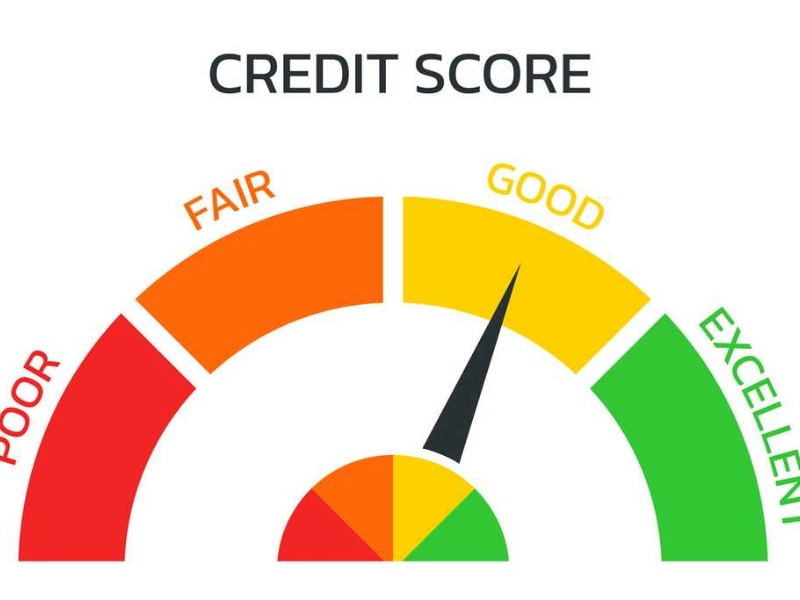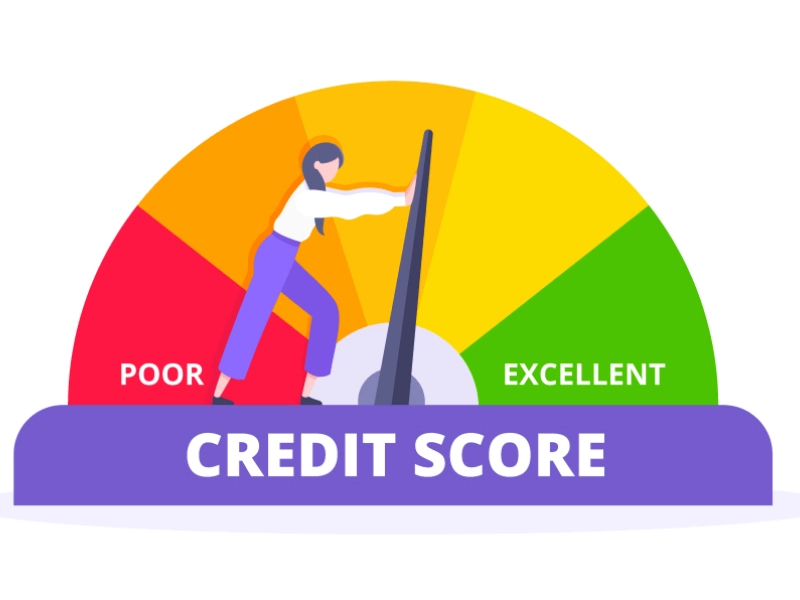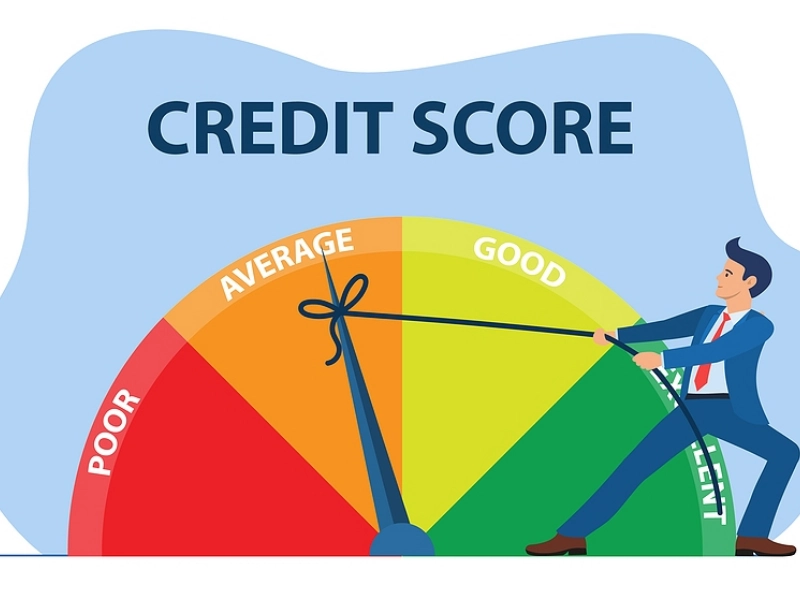Advice for Building and Preserving a Good Credit Score
More favorable financial options, such as less expensive credit cards and loans, can be accessed with a strong credit score. Additionally, it may help you avoid predatory lenders and reduce the cost of your insurance premiums.
A strong score is mostly composed of timely payments, a low utilization rate (balance-to-credit-limit ratio), and a variety of credit accounts.
On-time bill payment

One of the most significant components of your credit score is a track record of on-time bill payments. Your payment history is by far the most significant factor that the three main credit bureaus use when determining your credit ratings.
Even one late bill payment can have detrimental effects. Missing a credit card payment might result in late fees and possibly a reduction in credit score, while failing to pay a utility or mobile bill can cause late costs.
Fortunately, it's not difficult to develop excellent billing and timely payment habits. First, create a list of every bill you have due each month, including credit card payments, utilities, auto loans, rent or mortgage payments, and any other monthly expenses. Next, to ensure that you don't forget any payments, note the deadlines on your calendar, planner, or phone reminders. To receive alerts about impending payments, think about utilizing internet banking or bank-based bill payment services.
Maintain a Low Credit Utilization

Your credit usage ratio—a measurement of how much of your available credit you use—accounts for up to 30% of your credit score. A low credit utilization ratio will help you raise your score and improve your future creditworthiness when applying for loans and credit cards.
Paying down credit card debt is one strategy to maintain a low utilization percentage. This could entail postponing gratification when making credit purchases and conserving money instead, or it could entail making several payments during the billing cycle in order to pay off your amounts before the end of each month.
Spreading out big purchases across multiple accounts and using a variety of credit cards is also a smart move, particularly if you have multiple cards with high limits. As a result, both your total credit utilization rate and the rate on each particular card will decrease. Balance notifications are a useful tool provided by many card issuers to help you monitor your credit utilization.
Keep your unused credit accounts open.

Keeping a card that you don't often use open may seem paradoxical, but it's an excellent idea. The length of time you've had each account plays a big part in your credit score, and you get rewarded for having plenty of open accounts. Your credit history will be shorter after you close a card.
Maintaining an unused credit card also helps to preserve your credit usage ratio—another crucial metric that excessive debt amounts can adversely impact. Putting tiny, recurring charges on the unused card and setting them up for automated payments may help you completely resist the desire to spend money on it.
Closing an unused card could be the best option in some circumstances, though. For example, if the card includes an annual charge, it might be more economical to cancel the account and apply for a new card with comparable terms. Just be advised that the lender will do a credit inquiry on your record every time you apply for a new loan or credit card. Some lenders would consider this dangerous, which could affect their ability to approve credit in the future.
Mix up your credit

A good credit mix is demonstrated by the presence of installment loans and credit cards on your credit report. A combination of installment and revolving accounts is preferred by creditors as it demonstrates your ability to responsibly handle a variety of debt types.
Credit cards and home equity lines of credit (HELOCs) are examples of revolving credit accounts. You can borrow money from these accounts up to a certain amount, which you have to repay each month. Mortgages, vehicle loans, and school loans are examples of installment loans.
Even though your credit mix only accounts for 10% of your FICO score, it can significantly influence whether or not lenders will provide you with credit. But it's crucial to think about how adding additional accounts could impact other elements of your FICO score, like payment history and credit utilization, if you're attempting to increase your credit mix. Furthermore, opening an excessive number of new accounts quickly will lower your credit score.
